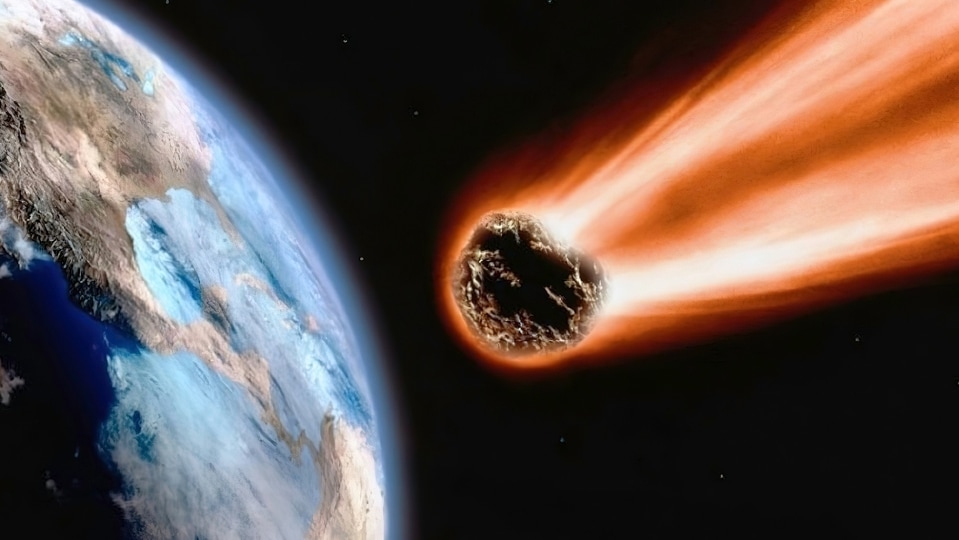Asteroid whizzes past Earth in close encounter: NASA
An asteroid nearly the size of an aeroplane just whizzed past Earth yesterday, August 2. Although it didn’t collide with Earth, it passed close enough to Earth to attract attention from NASA. Read on to find out more.
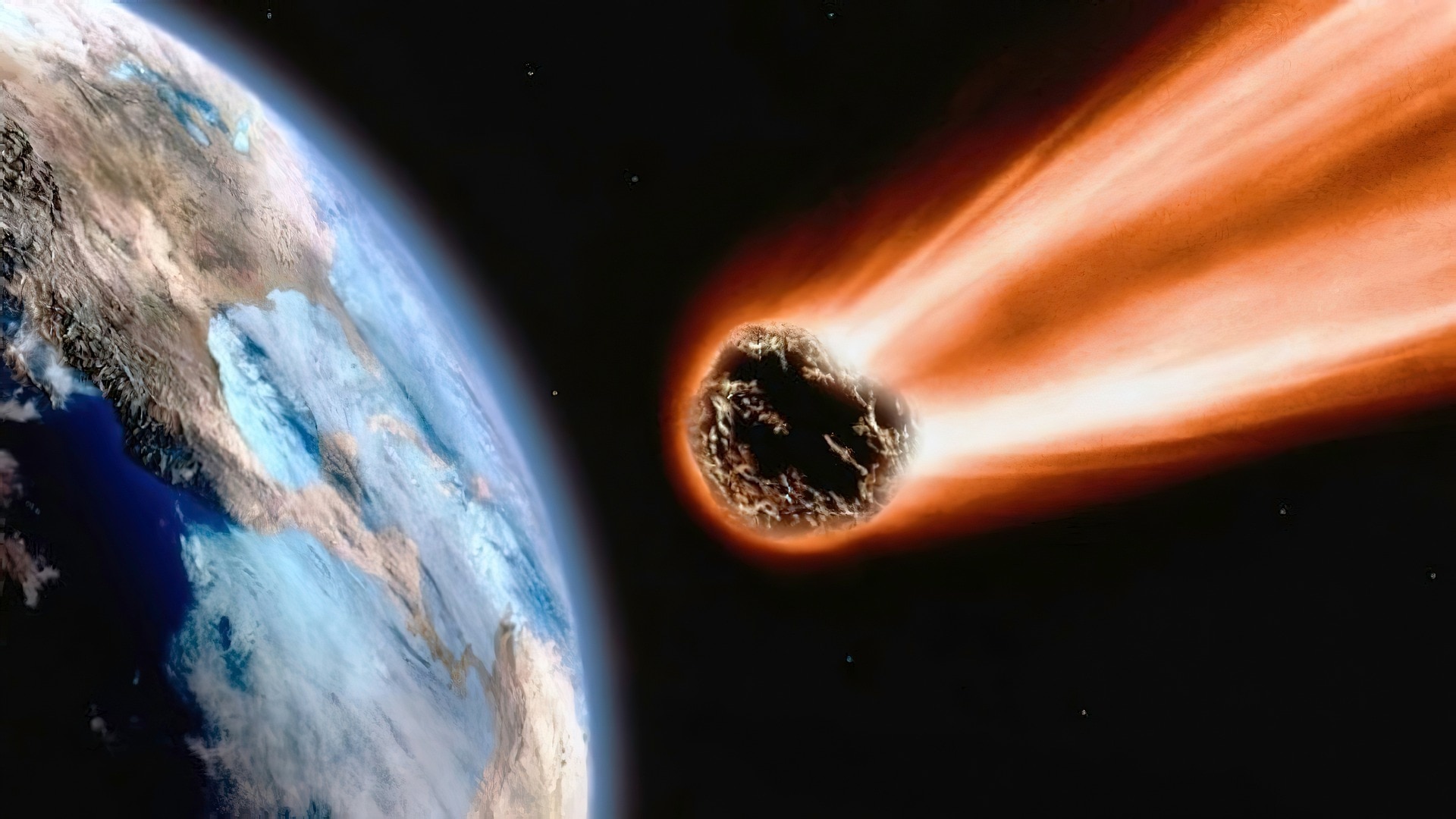

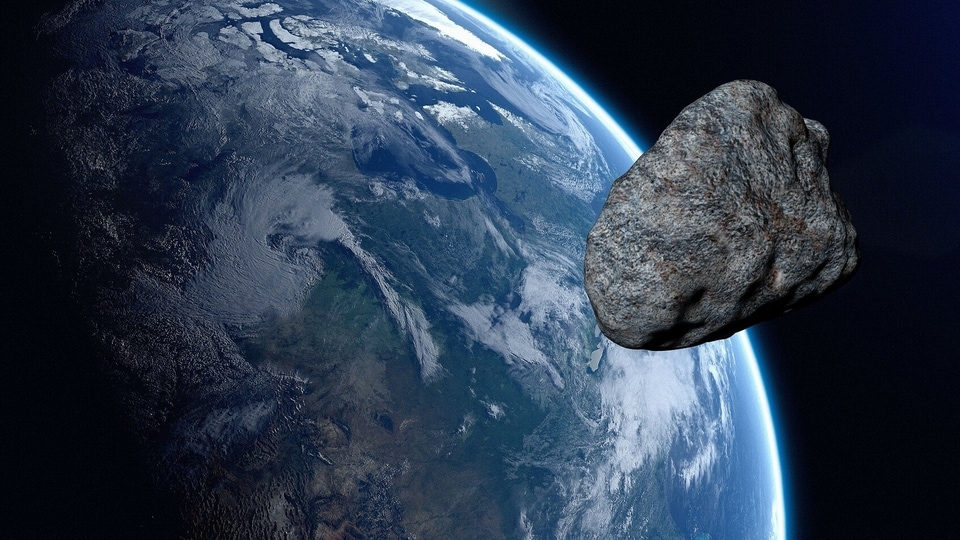
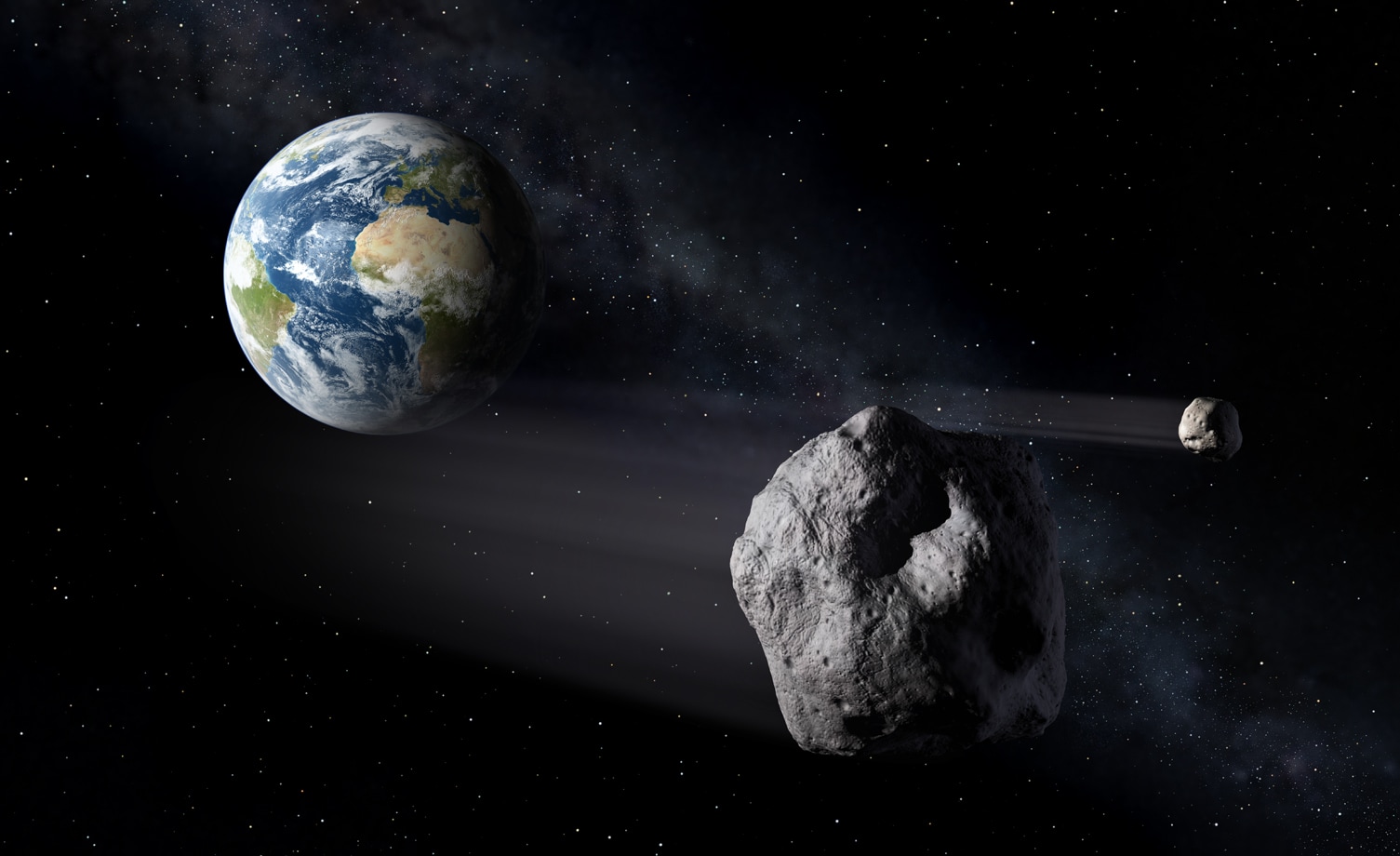

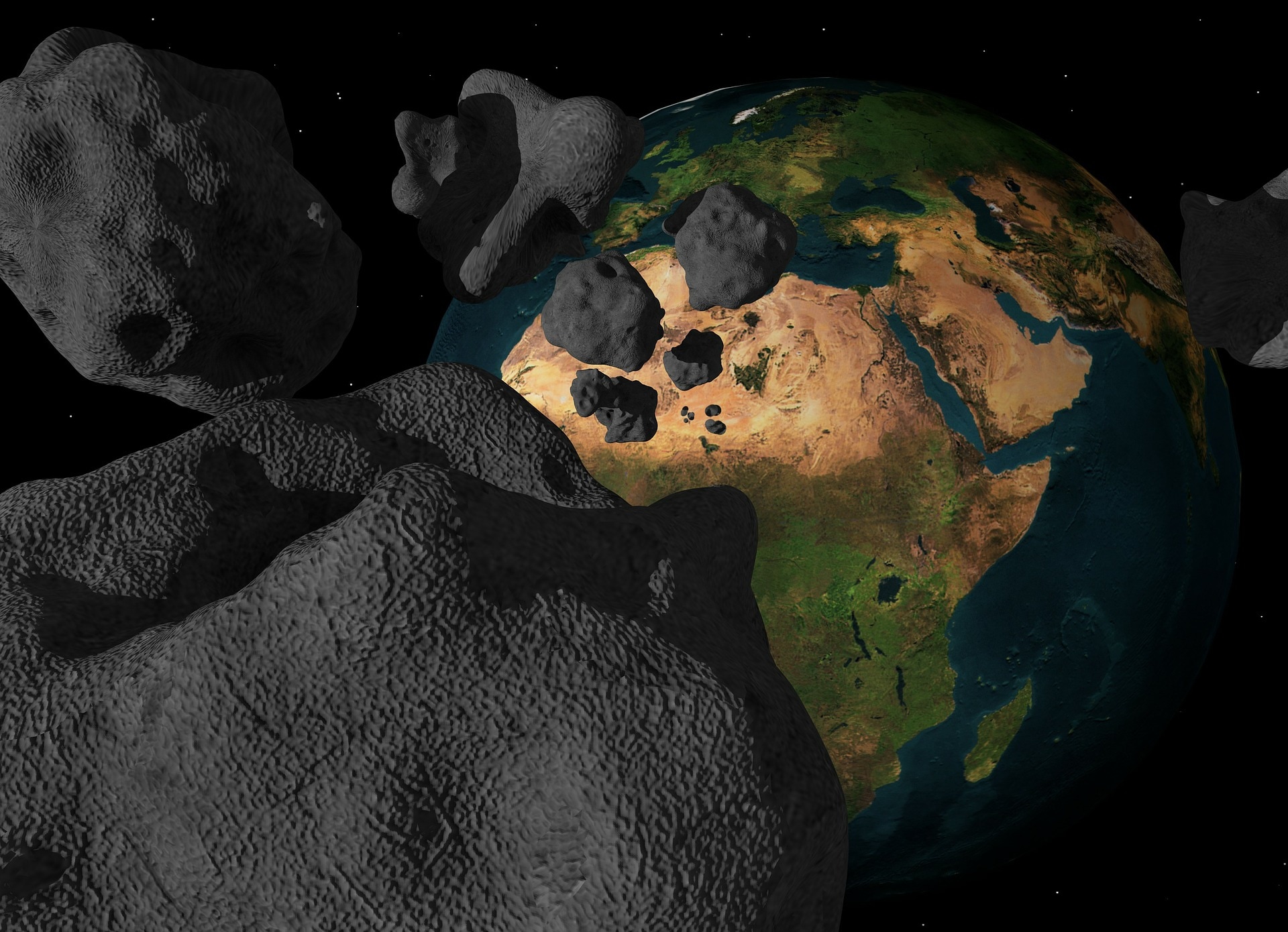
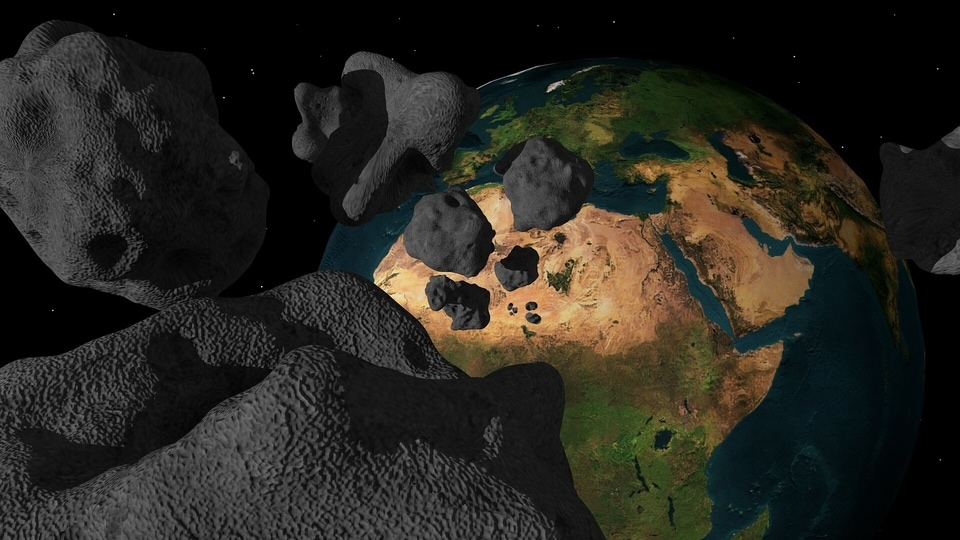
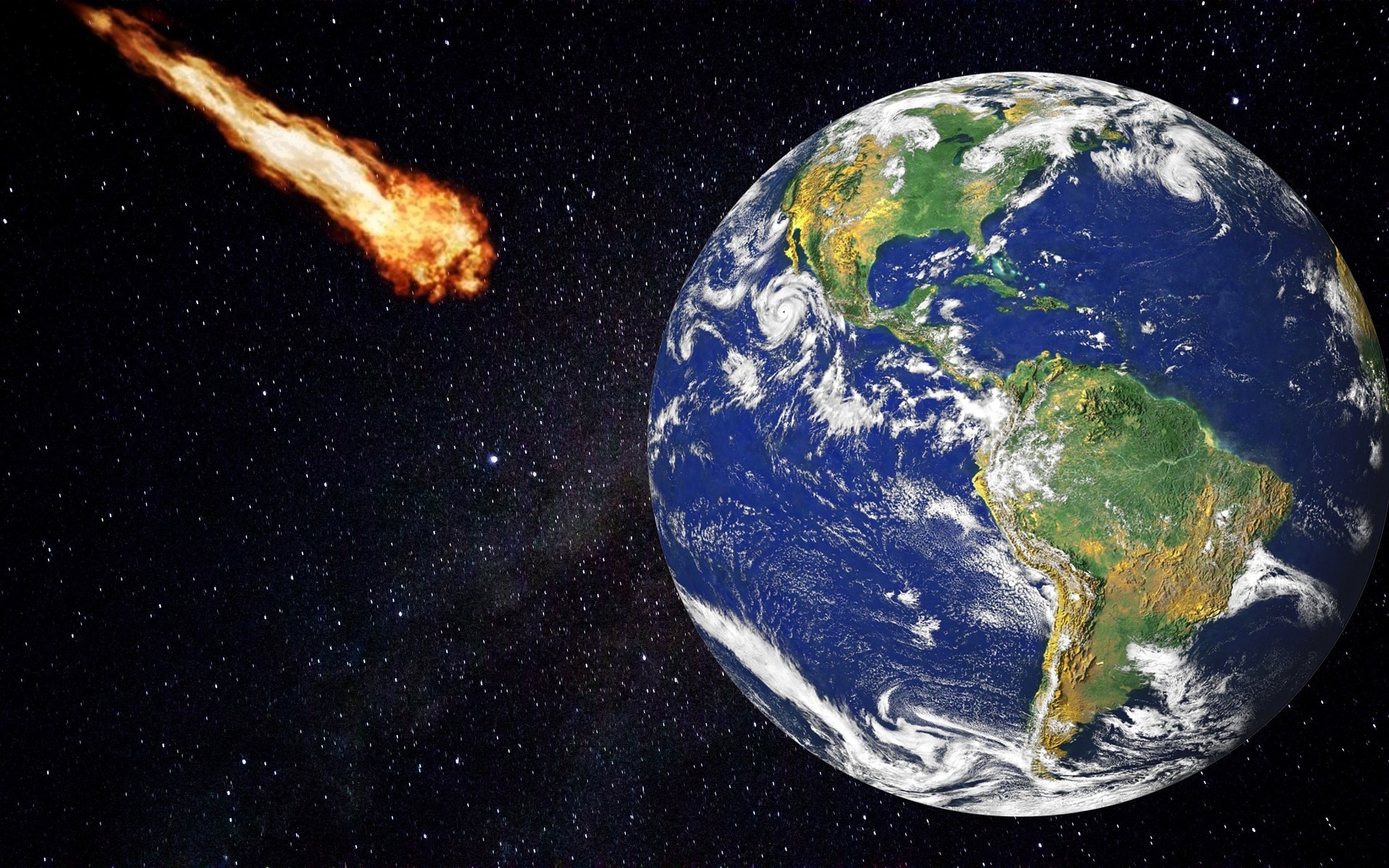
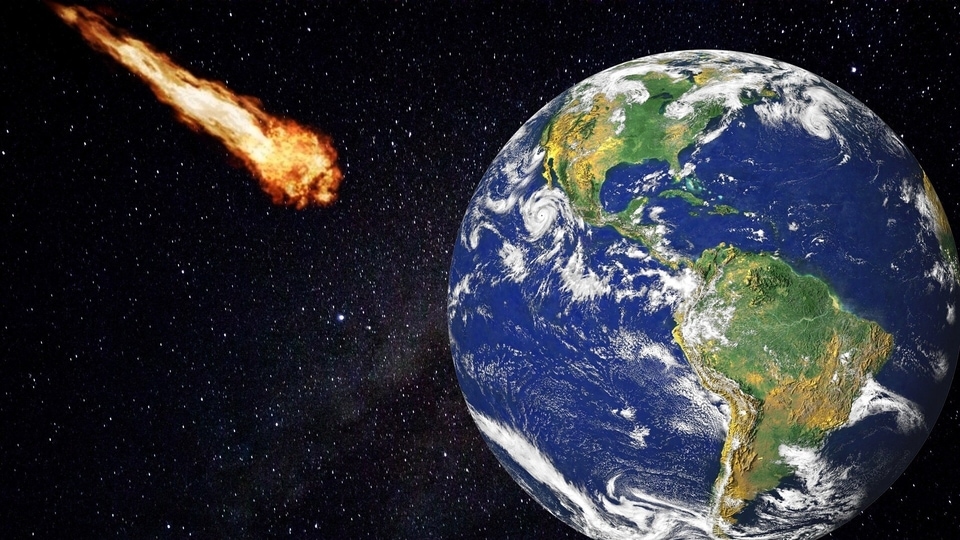
First Published Date: 03 Aug, 16:56 IST
NEXT ARTICLE BEGINS


